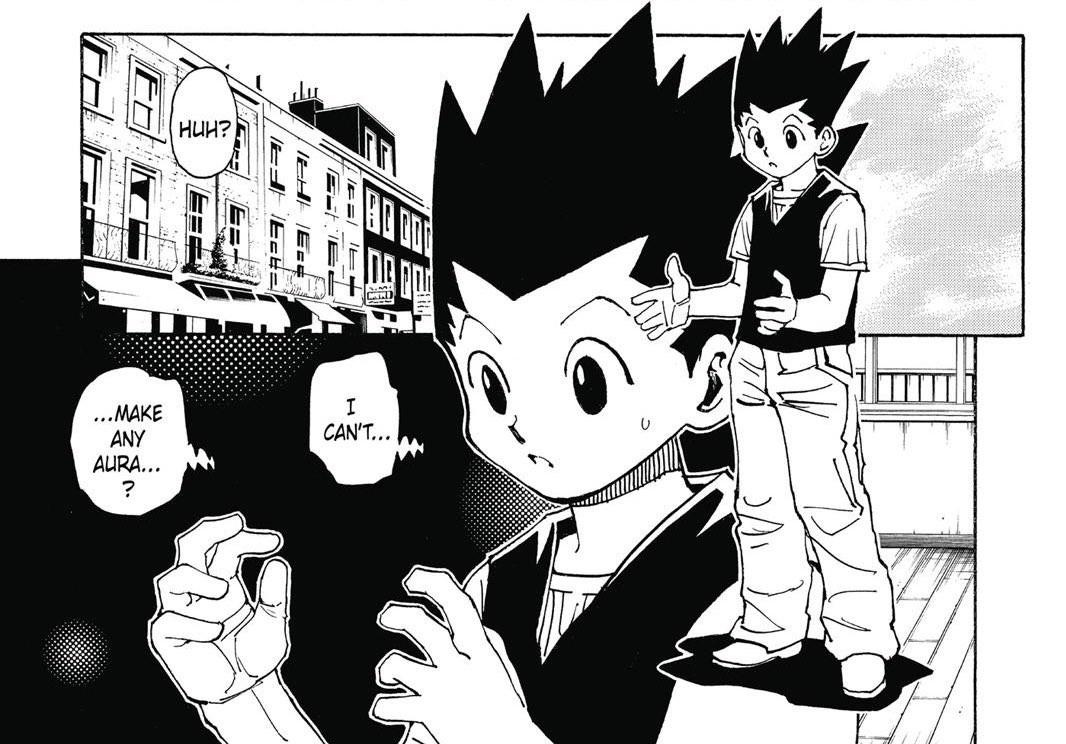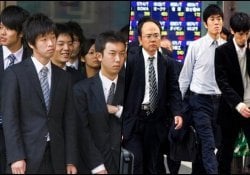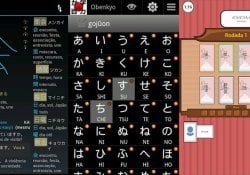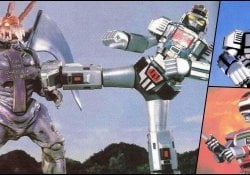Have you noticed that in many anime the main character ends up losing his powers? Did you know that this phenomenon may have a cultural origin? That's right. In several shonens – anime and manga series aimed at male teenagers – we can see this cliché come to fruition.
Spoiler Alert!
In "Bleach", at a certain point in the series, the protagonist Kurosaki Ichigo even loses his Shinigami powers, while in "Hunter x Hunter", the main character Gon loses his "Nen" abilities after fighting an arduous battle against Neferpitou. In several other anime and manga, this pattern can be seen, as in the case of Naruto, in which the protagonist of the series loses Kurama (the nine-tailed fox).
After all, why is this pattern repeated so much in these stories?
In this article, we will try to understand more about this common phenomenon in pop culture. Let's also remember remarkable moments in anime when the main character was stripped of his powers and became a normal human being.

Índice de Conteúdo
Anime in which the protagonist lost his powers
- Bleach – Kurosaki Ichigo (loses his spiritual powers just before the start of the Fullbringers arc).
- Hunter x Hunter – Gon Freecs (loses the Nen after the Chimera Ants saga).
- Yu Yu Hakusho – Kuwabara (Loses its spiritual power after Sensui's arc).
If you remember other anime in which this cliché occurred, write in the comments.

Cultural origin of this cliché – possible historical influences
The origin of this cliché is not known for sure. However, it is possible to suggest some hypotheses for its emergence, such as the predominance of the dichotomy between the divine and the human in history and in Japanese culture, as we will see below.
It was believed in the past that the Emperor Showa (昭和天皇 – しょうわてんのう, showa tennou), for example, possessed spiritual powers (for being a direct descendant of the Goddess Amaterasu). After the end of the Second World War, the then Emperor (who was called Hirohito) had to speak via radio so that the population would come to see him as an ordinary human, who at that moment would be deprived of his spiritual powers and needed to transmit a ceasefire message for the entire population. In the post-war period, the human aspects of Hirohito intensified even more as his most intimate interests, such as his fascination with marine biology and scientific studies in laboratories, were publicized in the media.
Another possible influence for the emergence of this recurring element of fictional stories would be in Japanese mythology. Various mythological and folkloric entities, such as the yokai and the kami have human characteristics that reinforce the supernatural x human dichotomy. O Kappa, famous legendary creature that inhabits rivers, loses its powers when water on top of its head is spilled.

Also, the Japanese samurai themselves, who had a mystical aura that surrounded them, gradually lost the legendary status they had and began to integrate civil society as “ordinary people”, especially after the prohibition of swords during the Meiji Era.
All these historical references lead us to believe that mangaka tend to use characteristics and remarkable moments of legends, tales and wars to reinterpret and reuse the myth of the “powerful that becomes mediocre” or of the “supernatural that becomes human” in your stories. This cultural trait is so striking that we can observe when characters that were once very strong become part of the group of common characters. In Naruto and Dragon Ball, characters considered powerful at the beginning of the plot are relegated to the role of ordinary humans at the end of both series.
Other countless Japanese stories and tales have this detail as an important feature of their plots. The Swiss psychiatrist Carl Jung called these repetitive patterns “archetypes” and believed that they were motivated by experiences from the most diverse civilizations throughout human history. These experiences are shaped by archetypes embedded in the collective unconscious.
What's up? Did you like the article? So like, comment and share on social media.




